The 4th industrial revolution introduced us with the Internet of Things (IoT), which is indeed making a substantial impact in the world we live today and the way modern businesses work.
In case you might have noticed, everything seems to be connected to the Internet, from your smartphone and laptop to baby monitors, wristwatches, refrigerators, medical equipment, automobiles, and even manufacturing tools.
How cool is that?
Yeah, I know, right!
Do you know, 127 devices connected to the internet every second?
Check this report.
Tech-innovations like IoT are going to have a vital role in areas such as healthcare, economy, marketing, finance and banking, and government sectors as well. It ushers in advanced levels of automation, connectivity, and customization.
But what IoT is in its purest form?
Let’s throw some light into IoT and how it can help you.
What is IoT?
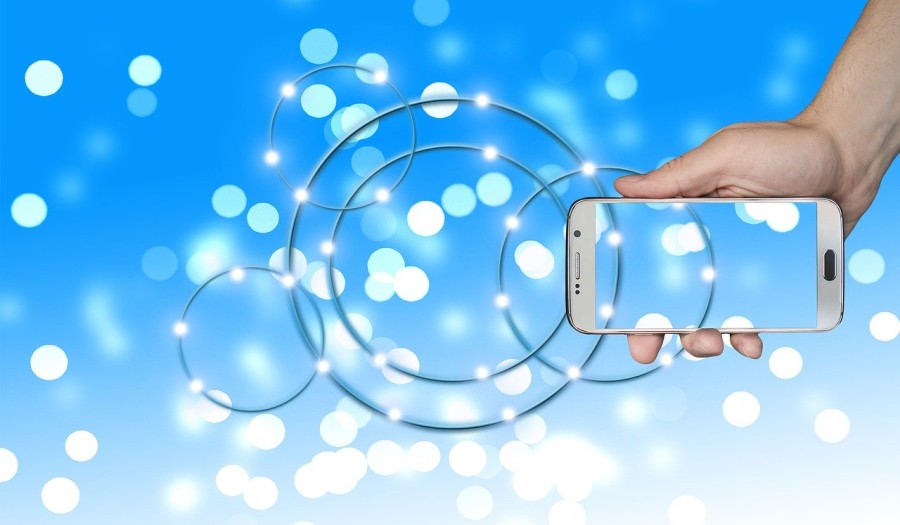
Internet of Things (IoT) is a massive network of physical devices embedded with sensors, software, electronics, and network which allows the devices to exchange or collect data and perform certain actions.
Simply put, IoT is made up of two words: Internet & Things.
- Things – physical devices, appliances, gadgets, etc.
- Internet – through which these devices are connected
IoT aims at extending internet connectivity beyond computers and smartphones to other devices people use at home or for business. The technology allows devices to get controlled across network infrastructure remotely.
As a result, it cuts down the human effort and paves the way for accessing the connected devices easily. With autonomous control, the devices are operable without involving human interaction.
IoT makes things virtually smart through AI algorithms, data collection, and networks enhancing our lives.
Examples: Pet tracking devices, diabetes monitors, AC sensors to adjust the temperature based on the outside temperature, smart wearables, and more.
A bit of backstory
The term – “Internet of Things’ was coined in 1999 by a British entrepreneur named Kevin Ashton during his presentation to the firm Procter & Gamble, also known as P&G.
However, the concept of IoT or connected devices surfaced before a couple of decades ago. The actual idea was proposed in 1970.
Two decades later, in 1990, Siemens presented the first-ever cellular module for M2M. After Ashton introduced IoT, it was widely accepted, and then it appeared in popular publications such as The Guardian, Scientific American, and Boston Globe in 2004.
And in 2020, we already use lots of IoT devices in our every-day life and at work. IoT has grown to be one of the hottest trends since the last few years, from being a mere theory to a key priority in organizations worldwide.
How does it work?
The technology of IoT varies from one ecosystem or architecture to another. However, the basic working concept remains the same.
The working process starts with the object or device such as digital watches, smartphones, electronic appliances, and more to communicate securely with an IoT platform. Next, the platform collects data from multiple devices and then analyses those data.
Now, it transfers all valuable data using applications to connected devices. Everything works seamlessly through these components:
Connectivity

This component establishes an accurate connection between the entire IoT devices and the IoT platform, which could be cloud infrastructure or server. The devices or sensors are connected to the cloud through various communication mediums, including WAN, Wi-Fi, satellite or mobile networks, or Bluetooth, to enable a bi-directional, secure, and reliable communication.
Analysis
After the things or devices are connected, they start collecting data, analyze them in real-time, and utilize them to create efficient business intelligence. This process could be like inspecting the temperature on devices such as heaters or AC.
However, it could also include complex processes such as identifying objects through computer vision. When you have quality insights into the collected data, you can call your system smart.
Integration
IoT integrates several models to enhance user experience.
Sensors
Sensors are utilized in IoT to measure and detect some parameters and report their status. For example, a temperature sensor can measure temperature change in the external environment and then report it.
Artificial intelligence

IoT combines with artificial intelligence to enhance lives and convert things into smart technologies by using data.
For example: If you own a coffee ☕ maker and its beans are about to end, the IoT system can order more beans that you prefer from a retailer.
Active Engagement
IoT facilitates connected devices, products, services, or technology to actively engage with one another. Hence, all the systems work flawlessly.
User Interface
Whatever the data IoT devices find valuable, it must be made available to you or the end-user. It happens through an interface where they are notified through alarms or notifications via text or email. The interface can check the connected IoT system actively and deliver the information.
For example, when the coffee beans are over, the system will send you an alert for the same, so it can refill it later.
Endpoint Management
Endpoint management is important in IoT, which saves the system for failing what it promises to deliver at the end.
For example: If your coffee maker reorders the beans, but you are away from your home for some days. It will be a waste of resources and time, and that’s precisely why endpoint management is necessary.
How does IoT help?
When something connects with the internet, it has both the capabilities of sending and/or receiving information, making it smart.
And being smart does not mean it needs to possess a supercomputer or super storage inside it. All it requires is access by connecting to a computer or storage.
Similarly, IoT is creating loads of opportunities by linking the computer systems with the real, physical world.
For example, just a few years ago, when you wanted to listen to your favorite song(s) on your mobile phone, you had to download each song. Now, you can listen to any music you want without downloading it necessarily. All you have to do is access where it is stored on the internet.
Amazing, right?
So, find some major advantages that IoT brings to the table:
Efficiency
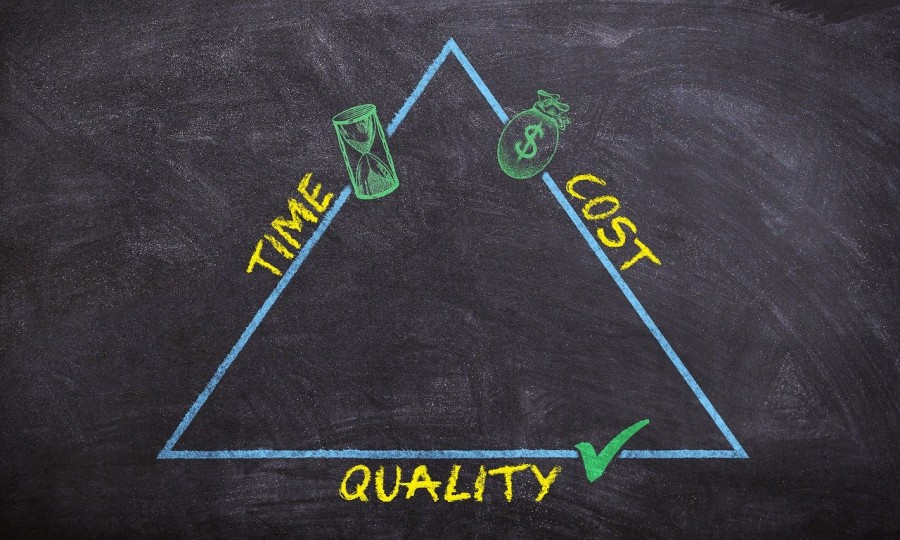
With faster connectivity through IoT systems, efficiency increases. It’s because the amount of time spent on performing tasks reduces.
For example, if you want to find the answer to a question, instead of browsing on your phone or turning your computer on, you can just ask a voice assistant such as Alexa.
Technical optimization
You no longer have to operate multiple devices for each task manually if you use an IoT system. Because it allows you to control everything using a single device like your smartphone, you can easily control TV volumes, thermostat, dim your lights, etc.
Convenience
IoT systems have increased convenience, widely at home. IoT-enabled refrigerators, AC, toaster, coffee maker, and much more are included in this. Hence, it’s making our lives convenient and saving lots of time as well.
Improved customer experience

As you can offer your targeted customers what they need, understand their pain-points, and provide quick and quality solutions, it improves the customer experience.
Conservation
IoT helps conserve the environment by monitoring traffic, water/electricity usage, air quality, etc. Hence, smart cities are rising, and it also assists city planners and residents in finding solutions to existing issues prevailing today.
Personalization
As IoT devices can collect your data, they can learn your preferences, likes, and dislikes quickly. As a result, they trigger more personalized services based on your choices.
Some disadvantages:
- Security: Despite active security measures employed in IoT’s connected device ecosystem, there is always a security challenge, given the cybersecurity threats are becoming more advanced these days.
- Privacy: As IoT exposes a huge amount of detailed personal information, it could create many privacy issues.
- Complexity: IoT is an advanced technology whose design is quite complicated. Plus, maintenance and deployment are also not easy.
- Communication: IoT devices are designed for short-range interaction and communication
- Compliance: Sometimes, compliance issues may occur due to its complexity, privacy issues, and a security breach.
The Applications of IoT
Transportation
You must be familiar with the Global Positioning System (GPS), which you can leverage to track the position and movement of business assets or delivery trucks. IoT simplifies and eases this entire tracking process by utilizing monitoring sensors to track time and distance to provide the actual location.
Business opportunities 📈
With IoT devices connected to the systems, businesses could collect and analyze data effectively and make better decisions driven by data. Besides, systems like actuators, sensors, and gateways can operate based on business infrastructure.
This is far more efficient than the manual approach while involving less human intervention. As a result of which it reduces operational downtimes and cost.
Monitoring the environment

The sensors used in IoT systems assist in environment protection by monitoring the quality of water or air, soil or atmospheric conditions, waste reduction, and the wildlife movements along with their habitats.
Besides, the technology can also detect natural calamities such as tsunamis, earthquakes, etc. Hence, emergency preparations could be set in place before any destruction occurs to save many lives and properties.
Healthcare and wellness
IoT also finds its application in the health and wellness field. You can monitor health goals through an IoT system. For example, you can check your weight, body composition, weight loss progress, health-related suggestions, etc.
Today you can buy digital watches and get notified of many other parameters like blood pressure, heart rate, etc. Furthermore, healthcare institutions are also leveraging IoT to collect the medical history of patients so they can provide immediate help in case of an emergency.
Energy application
Energy conservation is one of the primary challenges the world is facing today. Consequently, organizations around the world are finding ways to control and reduce the expenditure of energy.
IoT lets you monitor its usage at the appliance level in addition to the grid level, distribution level, and house level. Smart technologies like smart grid and meters are installed to monitor the consumption of energy and secure the future.
Promotions

IoT makes it possible for a business to send promotions to frequent customers. Before that, it tracks the ongoing trends and determines the interest of shoppers through their purchase history. It also utilizes its location information to trigger products and services based on a particular region.
Prediction 🔮 capabilities
IoT can predict needs based on collected insights from customers. Hence, you can understand issues even before they arise and then act precisely to provide better solutions and build a loyal customer base.
Some examples of IoT applications:
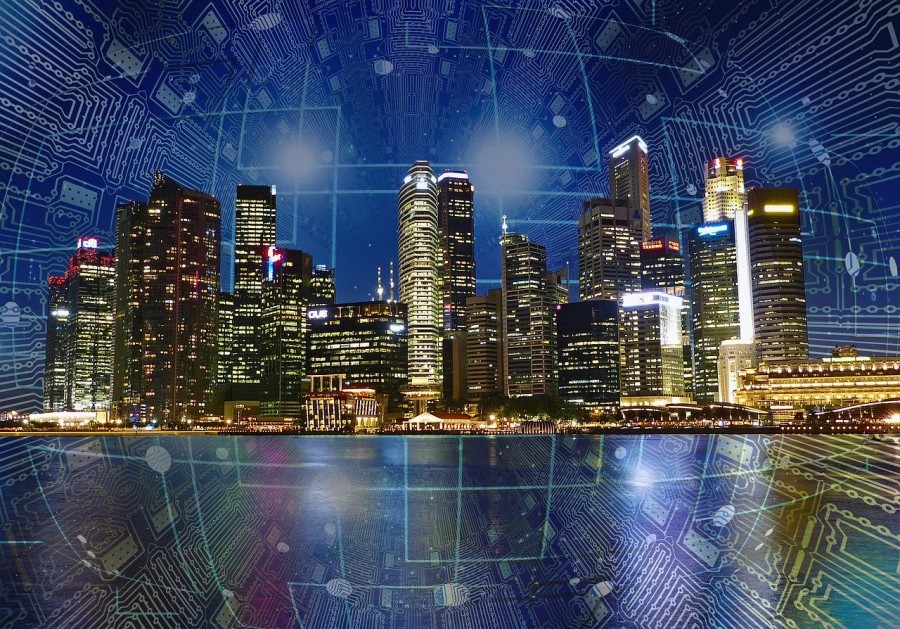
- Smart home: smoke detector, light bulbs, appliances, door and window locks, pet monitoring camera, smart thermostat, etc.
- Smart City: traffic management, waste management, and water distribution.
- Supply chain: real-time goods tracking and getting inventory information.
- Connect health: patient care, calorie expenditure, heart rate pattern, temperature, activity levels, etc.
- Connected cars: automobile companies can automatically perform billing, insurance, parking, and more.
- Smart outlets: turning a device on/off remotely, tracking the energy levels of a device, etc.
Top 7 trends in IoT to catch up in 2020
2020 seems to be a promising year for the Internet of Things. Various segments like industrial, automotive, healthcare, sustainability, etc. have shown continuous deployments in IoT.
Hence, if you want to enter in this field, you must know this year’s top trends, which are explained below:
1. Edge Computing & Cloud Computing
Cloud computing systems play an integral part in data storage, dashboard visualization, and data science and machine learning methods. When it comes to latency, security, and cost, moving analytics or computing to the Edge from the Cloud becomes critical.
Here, you can refer to the Edge as local network devices, gateways, and sensor-based IoT devices. This is probably why top cloud services like AWS, Google Cloud, Microsoft Azure, IBM Cloud, etc. have been extending IoT-specific services.
2. SaaS offerings
Software-as-a-service (SaaS) has been growing significantly since the last five years and have emerged in different segments like automation, healthcare, ERP, etc. Some pure SaaS companies focus on IoT and have partnered with 3rd party vendors for gateways and sensors.
The primary aim of IoT in SaaS offerings is data analytics, user interface, visualization dashboard, etc. It is valuable for industries with little or zero resources on data analytics or software applications.
3. Industrial IoT
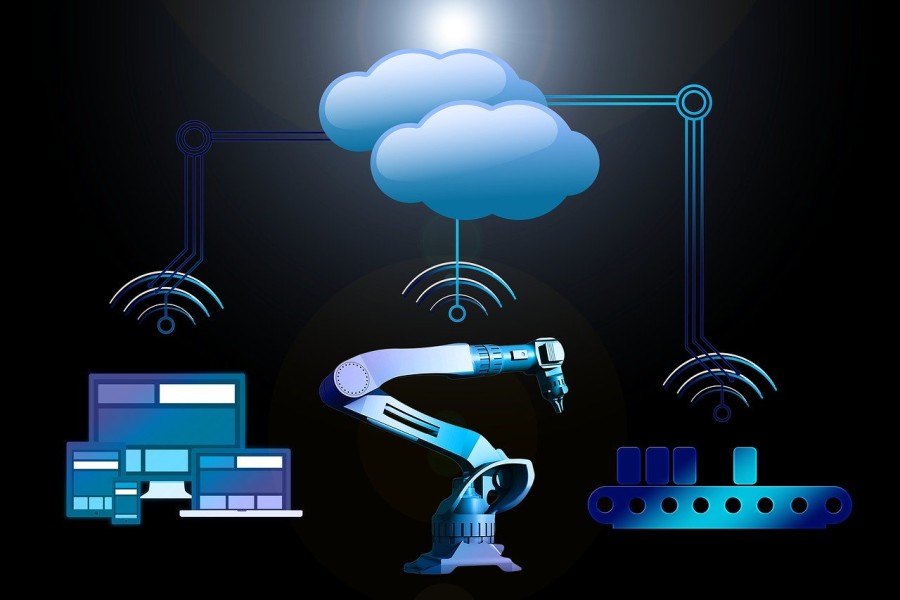
One of the strongest adopters has been industrial IoT. It has seen the adoption of AI and ML for different use cases, including process management, asset management, and predictive maintenance. It also includes some interesting areas as well, such as intelligent welding, corrosion avoidance, energy efficiency, and more.
Leading companies ventured into space are GE, Siemens, Honeywell, ABB, etc.
4. IoT & Artificial intelligence and Machine Learning
AI and ML are becoming key components in several IoT solutions like smart city applications, automotive, etc. These techniques provide powerful insights.
5. Sustainability and Climate change
IoT might play a greater role in addressing sustainability and climate change in the year 2020 and beyond. It’s because IoT focuses on data-driven insights that can predict environmental conditions and also help remove waste and conserve the environment.
6. IoT in Blockchain
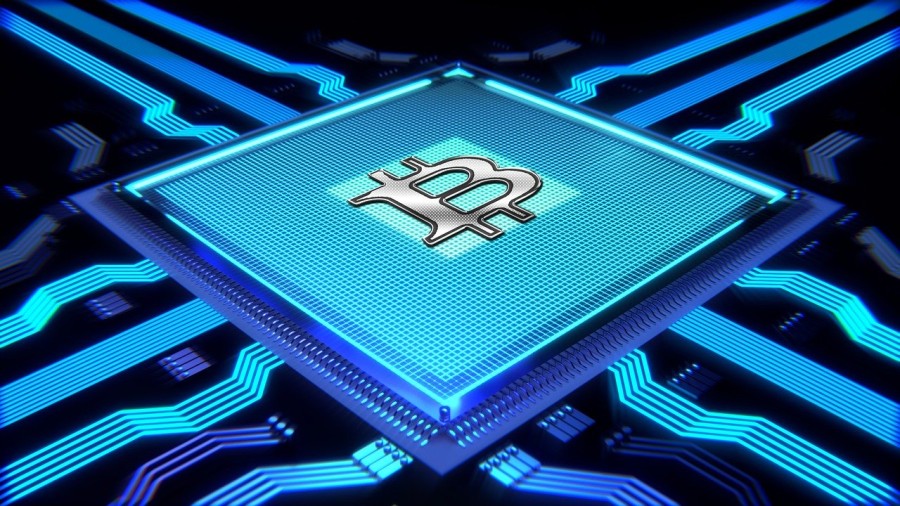
Blockchain helps many IoT applications for data transactions such as supply chain, asset management, a smart utility like water, gas, electricity, etc.
7. IoT security
Covid-19 has increased the adoption of IT, IoT, and OT security. It’s because the number of cyberattacks is also increasing after Covid-19 struck the world this year. Less workforce and vulnerable networks bred the ground for more security breaches.
As a result, several IoT-security start-ups and cybersecurity vendors have started offering IoT-specific security solutions.
To help address the same, here are some best IoT practices:
- Review asset inventory management
- Scan your IoT systems and implement robust security hygiene
- Determine security apps that must migrate to the Cloud
- Automate your security efforts with AI or security detection software
Conclusion: The Future of IoT
The future of IoT seems promising. It has already started transforming our lives, the way we work, cities where we live, homes, travel, and interaction with people worldwide.
Advancements in the industrial internet would likely increase through IoT tools, more network agility, artificial intelligence, and the capability to automate, deploy, and secure multiple use cases on a large scale. Thus, it will open the door to new revenue streams as well by automating business processes.
Who knows, you could live in smart cities with great infrastructure, less traffic congestion, more resident security!
Maybe you could enjoy the luxury of an ultra-smart home with a bot or drive a smart car.
The possibilities are endless!



